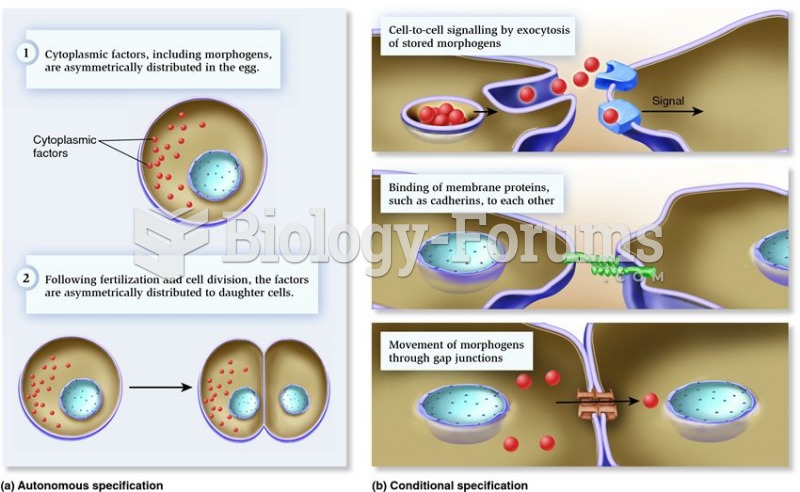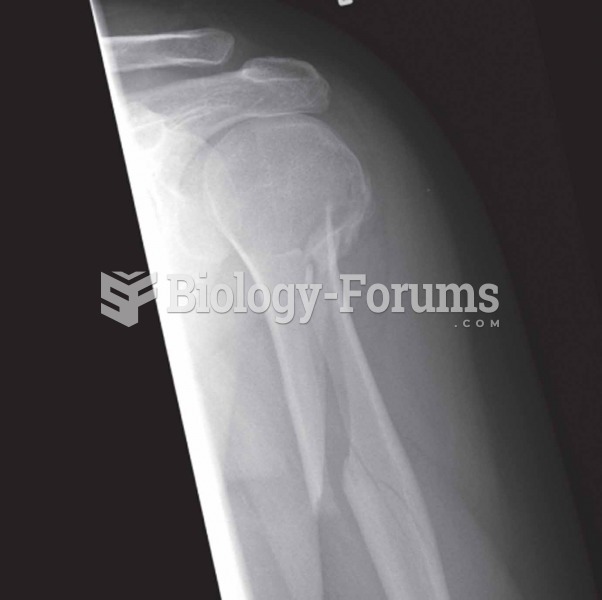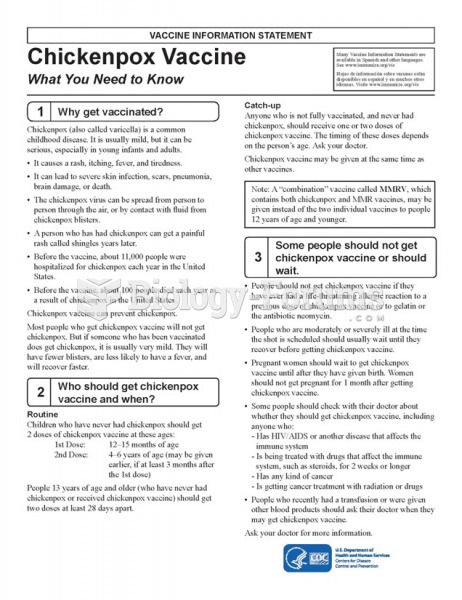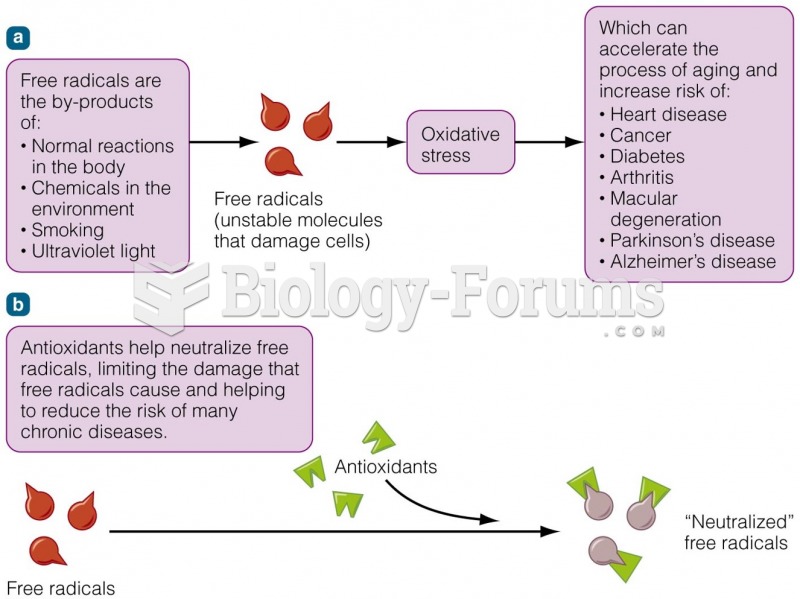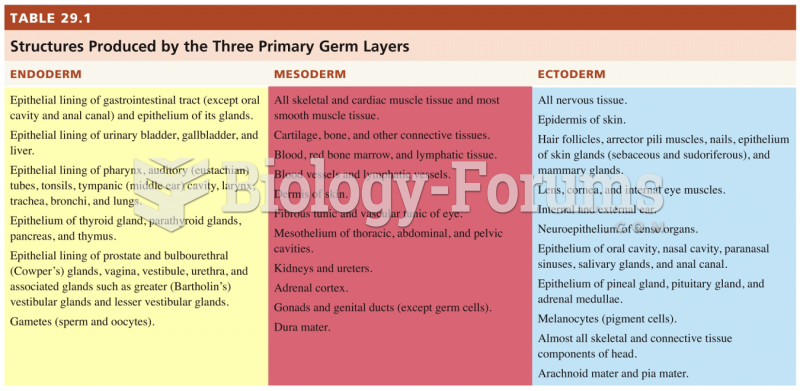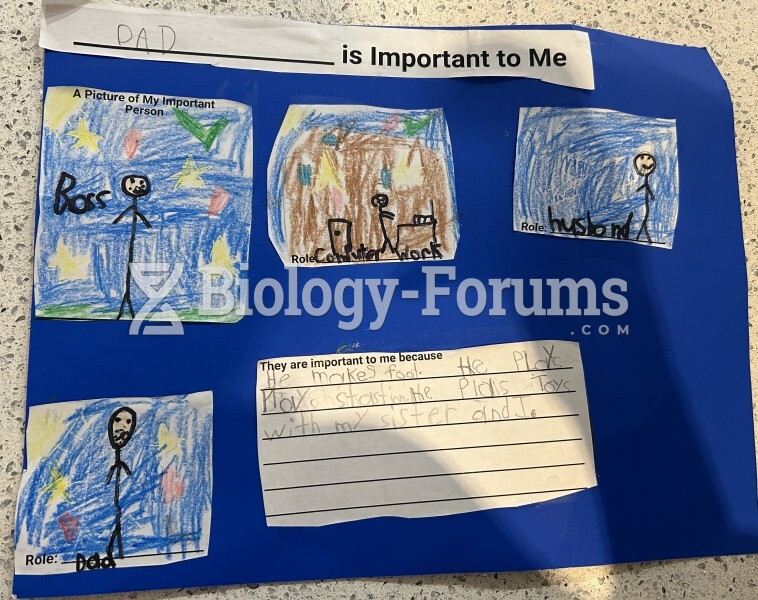|
|
|
Children of people with alcoholism are more inclined to drink alcohol or use hard drugs. In fact, they are 400 times more likely to use hard drugs than those who do not have a family history of alcohol addiction.
More than 2,500 barbiturates have been synthesized. At the height of their popularity, about 50 were marketed for human use.
Egg cells are about the size of a grain of sand. They are formed inside of a female's ovaries before she is even born.
Alzheimer's disease affects only about 10% of people older than 65 years of age. Most forms of decreased mental function and dementia are caused by disuse (letting the mind get lazy).
When blood is exposed to air, it clots. Heparin allows the blood to come in direct contact with air without clotting.


